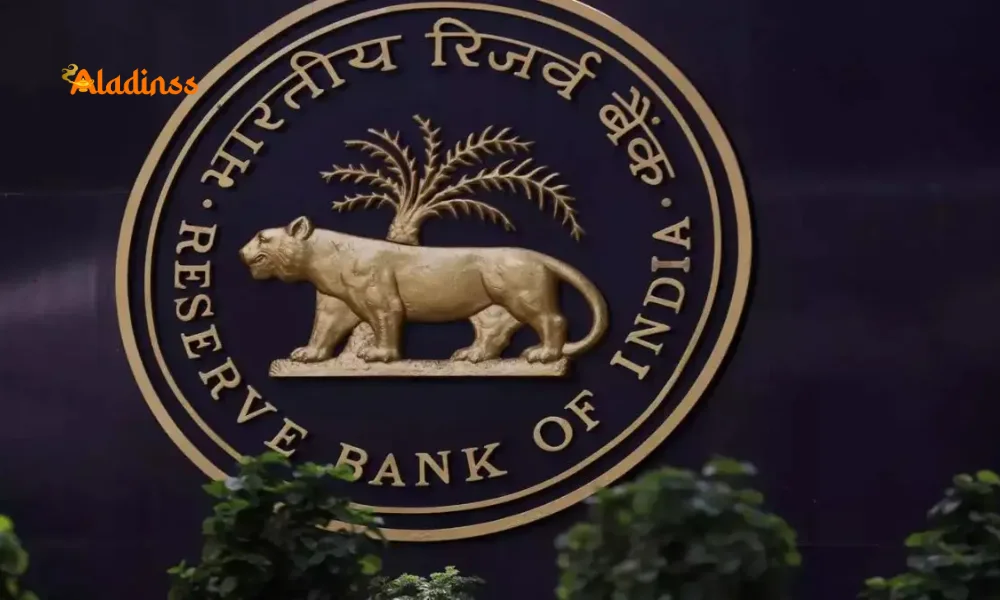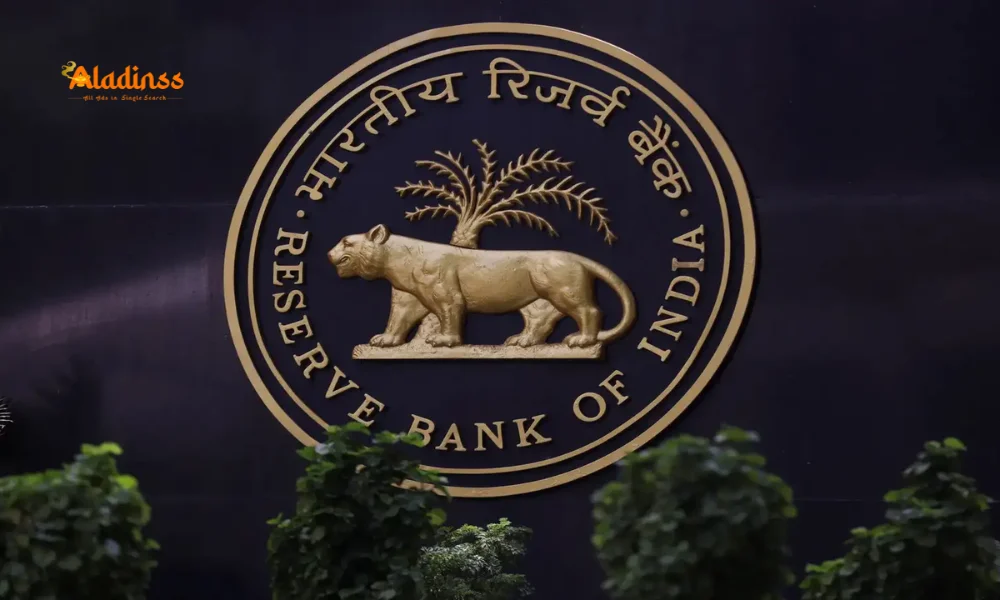Best Mutual Funds to Invest in India for Long Term Wealth 2025

Best Mutual Funds to Invest in India for Long-Term Wealth (2025 Guide)
Investing in the best mutual funds in India for long-term wealth remains one of the smartest ways to beat inflation and achieve financial freedom in 2025. With the Indian economy growing at 7% annually, equity mutual funds have delivered 12–15% average returns over 10+ years. This 2025 guide handpicks top-performing funds across large-cap, mid-cap, flexi-cap, and index categories based on consistency, risk-adjusted returns, and fund manager track record.
Start with SIPs as low as ₹500 monthly. Focus on funds with low expense ratios, high AUM, and 5-star ratings. Diversify across market caps to balance growth and stability. Long-term investing (7+ years) reduces volatility and maximizes compounding.

Past performance doesn’t guarantee future results, but consistent outperformers signal strong management. Use direct plans to save 0.5–1% in fees. Review portfolio annually but avoid frequent switching. This guide simplifies selection for beginners and seasoned investors alike.
1. Large-Cap Funds: Stability with Growth
Large-cap funds invest 80%+ in top 100 companies by market cap. Lower volatility than mid/small caps. Ideal for conservative investors seeking 11–13% long-term returns. Choose funds with consistent alpha over benchmark (Nifty 100).
Top picks include ICICI Prudential Bluechip, HDFC Top 100, and SBI Bluechip. These have ₹20,000+ crore AUM, experienced managers, and 10-year CAGR above 13%. Low turnover reduces tax impact. Start with ₹5,000 SIP.
Risk: Moderate. Suitable for 7–10 year goals like child’s graduation. Rebalance if allocation exceeds 50% of portfolio. Exit strategy: Switch to debt 2 years before goal.
2. Flexi-Cap Funds: Dynamic Allocation
Flexi-cap funds freely allocate across large, mid, and small caps based on market opportunities. Delivered highest returns in bull markets. Parag Parikh Flexi Cap and UTI Flexi Cap consistently beat category averages.
10-year returns: 16–19%. Include global stocks (up to 35%) for diversification. Expense ratio under 0.7% in direct plans. Best for investors with 10+ year horizon and moderate-high risk appetite.
Manager skill critical. Avoid funds with frequent style drift. Check quarterly factsheets. Lump sum during market corrections for better entry.
- High growth potential.
- Active management adds alpha.
- Diversified across market caps.
- Tax-efficient post 1 year.
3. Mid-Cap Funds: High Growth Engine
Mid-cap funds focus on rank 101–250 companies. Higher risk, higher reward 15–18% over 10 years. Kotak Emerging Equity, PGIM India Midcap Opportunities lead with strong track records.
Volatility: 20–25% annually. Invest via SIP to average costs. Limit to 20–30% of equity allocation. 7–10 year investment mandatory to ride cycles. Many mid-caps graduate to large-cap, boosting returns.
Check portfolio concentration avoid overexposure to one sector. Prefer funds with 50–70 stocks. Review every 6 months. Book profits if up 50% in a year.
4. Index Funds: Low-Cost Passive Investing
Track Nifty 50, Sensex, or Nifty Next 50. Expense ratio 0.1–0.3%. UTI Nifty 50 Index, HDFC Sensex Plan deliver market returns minus minimal tracking error. No manager risk.
10-year returns: 12–13%. Best for beginners. Start with ₹100 SIP. Compounding without active intervention. Add Nifty Midcap 150 index for growth. Rebalance annually.
Zero stock-picking stress. Beats 70% active funds over 10 years. Tax same as equity. Ideal core holding (40–60% portfolio).
5. Multi-Cap Funds: Balanced Exposure
Mandated 25% each in large, mid, small caps. Quant Active Fund, Nippon India Multi Cap dominate with 18%+ CAGR. Higher volatility but superior long-term returns.
Suitable for aggressive investors. 10+ year horizon. SIP ₹2,000+. Review sector deviation. Profit booking after 100% gains recommended.
6. ELSS Funds: Tax Saving + Wealth Creation
3-year lock-in, Section 80C benefit up to ₹1.5 lakh. Mirae Asset ELSS Tax Saver, Canara Robeco ELSS lead with 16–18% returns. Dual benefit: tax saving + equity growth.
Continue SIP post lock-in. LTCG tax only above ₹1.25 lakh gains. Replace ULIPs, endowment plans. Start in April for full-year benefit.
7. Focused Funds: Concentrated Bets
Max 30 stocks. High conviction picks. SBI Focused Equity, Axis Focused 25 delivered 15%+ consistently. Higher risk manager dependent. Limit to 10% portfolio.
How to Select the Right Mutual Fund
Match risk profile: Conservative → Large-cap + Index; Moderate → Flexi-cap; Aggressive → Mid/Small-cap. Check 5/10-year rolling returns, not just point-to-point. Use Sharpe ratio for risk-adjusted performance.
Prefer consistent outperformers in down markets. Avoid NFOs wait for 3-year track record. Direct plans via fund house websites or apps like Groww, Zerodha Coin. KYC mandatory.
Diversify: 40% large-cap/index, 30% flexi-cap, 20% mid-cap, 10% international. Rebalance yearly. Increase SIP by 10% annually (step-up). Stay invested through corrections rupee cost averaging works.
Taxation and Exit Strategy
Equity funds: LTCG > ₹1.25 lakh taxed at 12.5%. STCG (under 1 year) at 20%. Indexation removed post Budget 2024. Hold 7+ years to minimize tax. Use SWP for regular income post-retirement.
Switch to debt funds 2–3 years before goal. Avoid panic selling. Set target corpus ₹5 crore in 20 years needs ₹20,000 monthly SIP at 12% return.
Common Mistakes to Avoid
Chasing past returns, stopping SIP in bear markets, over-diversifying (20+ funds), ignoring expense ratio, exiting during volatility. Review, don’t react. Discipline beats timing.
This 2025 guide to best mutual funds for long-term wealth empowers you to build a ₹10 crore+ corpus. Start small, stay invested, let compounding work. Your financial freedom begins with one SIP today.
Use online calculators to project growth. Join investor education webinars. Track via CAMS, KFintech. Automate everything. The market rewards patience historically, no 15-year period has given negative returns in equity funds.
In conclusion, selecting the right mutual fund is 20% research, 80% discipline. Follow this guide, diversify, and watch your wealth grow steadily through India’s growth story.
Comment / Reply From
No comments yet. Be the first to comment!









